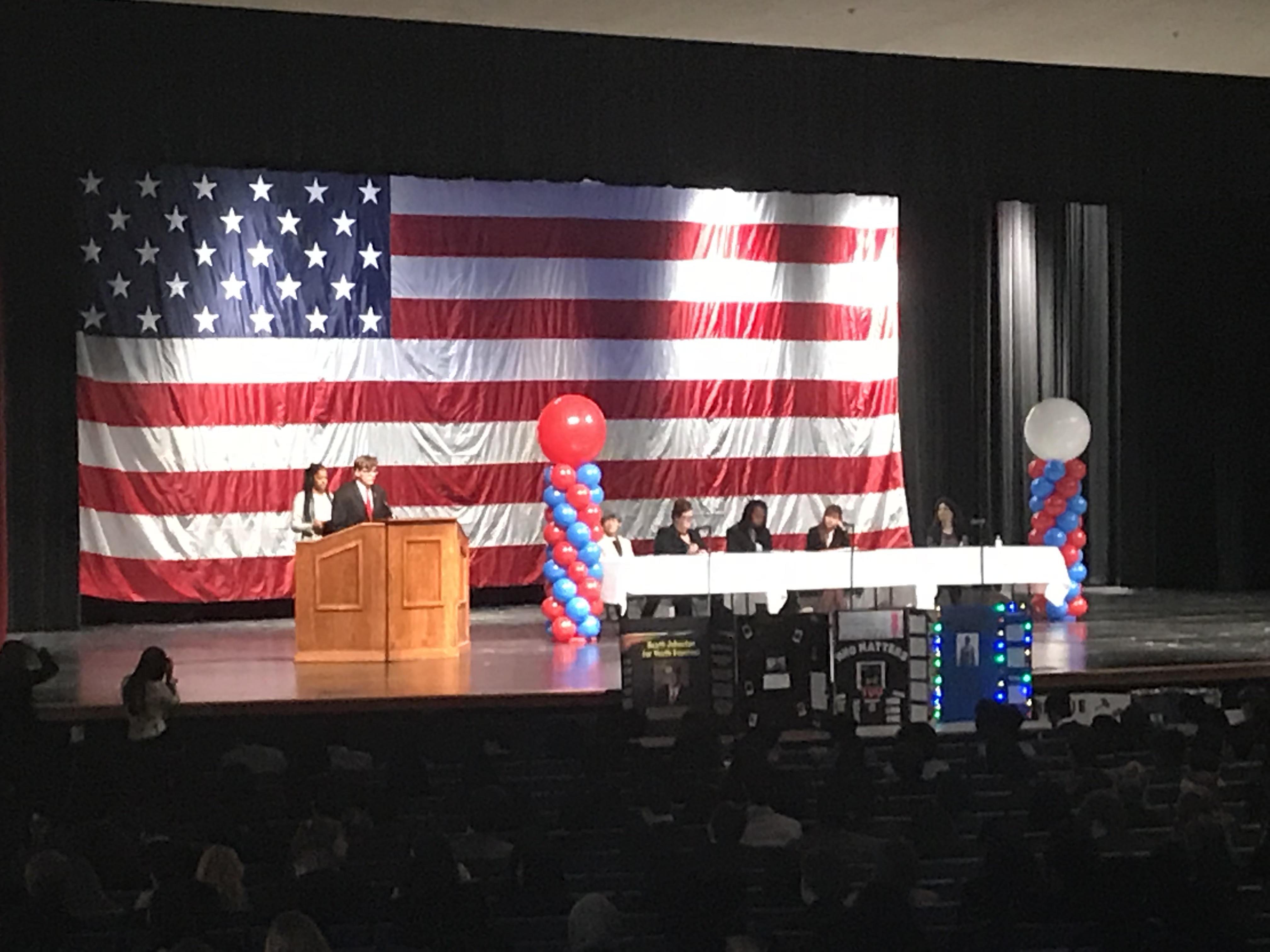RS Classic: Remembering NASA’s tragedies - Challenger Accident
>> Friday, January 28, 2011
Yes, I'm still shut down, but this is an important week for NASA, something we all must remember lest it happen again. Today is the anniversary of the Challenger accident and a post I wrote two years ago, though for some reason newspapers have been writing like it was the 27th. I have no idea why.
Apollo 1 is not as well-known as some of the other NASA tragedies and, because it happened 42 years ago, many people don’t remember or even know about it. I doubt that’s true of the events that happened on this day, January 28, 1986, 23 years ago today [25 now]. On that day that STS-51L ended 73 seconds after launch, disintegrated, taking all those on board to their deaths.
The Shuttle Challenger’s stack lifted off, but, as soon as the Solid Rocket Boosters (SRBs) ignited, smoke could be seen escaping from the stack as the heat from the flames from burning solid fuel escaped past O-rings in the joint of the SRB that had shrunk and become brittle in that cold January morning. Within only a few seconds, the O-rings had been vaporized by the escaping hot gases but an aluminum oxide layer had acted as a temporary seal. However, as the Shuttle approached Max Q (that point where they reached maximum dynamic pressure), the Shuttle also was hit with the highest wind shear seen to date in the Shuttle program, which disrupted the temporary seal. That’s when the plume first appeared.
Plume during flightThe joint’s plume impinged on the external tank within a second. Less than 4.5 seconds later, the external tank was leaking. This was happening too fast and the visual evidence had not been “noticed” except by cameras for controllers or crew to understand what was happening. Less than 8 seconds after the External Tank began leaking, the leaking SRB started pulling away from its rear strut. The pilot’s last utterance, “Uh oh.” Less than a second after the SRB first started pulling away, after the hydrogen tank blasted into the oxygen tank and the SRB slammed into the external tank structure, the Shuttle, yanked from it’s proper attitude and was torn to pieces by aerodynamic forces.
The crew cabin, though not airtight, survive the initial break up intact. There are indications that the crew survived the immediate g-loading and might have even regained consciousness during the 2.5 minute trip to the ocean surface. The impact with the ocean, however, at roughly 334 km/h (208 mph) was not survivable.
For just over a minute, we had a launch and then, nothing but bits of debris and remains.
Again, this was a preventable accident. The by-blow and and extrusion were known phenomena as were the characteristics of the O-rings (or at least uncertainty about them). Engineers with the SRB contractor, Morton Thoikol, had had concerns, but they had been dismissed by both contractor and NASA management.
Although the Rogers Commission made many recommendations about safety, management decisions, the real star, in this humble safety person’s opinion, was Richard Feynman, the physicist, who, while the commission was taking their tours and talking to managers, was wandering about unsupervised and talking to the engineers who knew what the problem was, who had spoken up and been dismissed. He wrote an appendix to the commission’s report that should be required reading for anyone working safety in any capacity, including commercial space flight (I hope you’re listening).
This kind of accident was preventable. Our assurance that something couldn’t go wrong because it hadn’t before was faulty (and, sadly, we had to learn this a second time). Seven people paid the price for that short-sightedness: Ellison S. Onizuka, Sharon Christa McAuliffe, Greg Jarvis, Judy Resnik, Michael J. Smith, Dick Scobee, and Ron McNair.
On this, we learned, but I don’t think we learned enough for many of the issues cited in the Challenger report, were repeated in the Columbia report. But then, that’s Sunday’s tale. There is an excellent video on this link . It’s 44 minutes and it’s painful to watch. I never watch it without weeping, but it is beautifully done and very informative.
Learning by attrition is not the way to learn.



















.jpg)




Everyone my age remembers exactly what they were doing when the Challenger blew up. I was at Williams Sonoma, having beetled out of my fellowship for a few minutes to take care of some errands (like buying a wedding present).
They had a little tv that they used for cooking demonstrations. It was surrounded by forty people just staring, open-mouthed.
Such a tragedy, only magnified as the investigation continued.
I remember... we were watching it live on TV, at school. We spent the rest of the day talking about it—that’s a day I’ll never forget.
Thx for the reminder.